

While adventurer and survivalist Bear Grylls has been known to rely on an insect or two for survival (remember the time he ate a giant maggot?), he has been bitten by thousands more over the years, and there are many insect types that he avoids, as their dangers range from painful bites to disease and even death.
Videos by Outdoors
Here are some of the deadly insects that Bear thinks you should avoid:
Bees
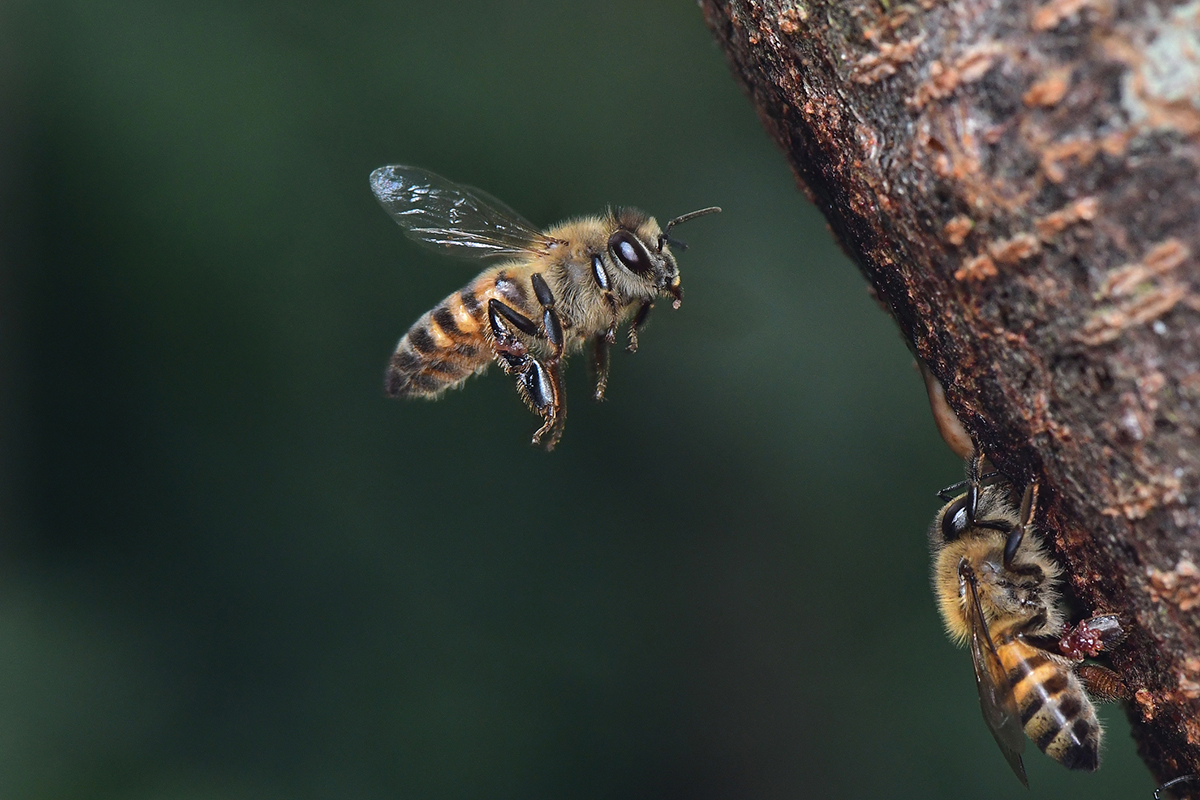
Stings from bees can be painful – but for some people, including Bear, they can be life-threatening. While he was once filming his TV show Treasure Island on a remote Pacific island, Bear was cutting some honeycomb from a nest when he was stung by a bee. His face swelled and he started to go into anaphylactic shock. Luckily, there were paramedics on hand with an EpiPen, and Bear now always carries one in his backpack.
“It feels a bit like a price to pay for a bit of honey,” said Bear afterwards. “The irony is, out of all of the massive, lethal, aggressive, man-eating crocs, snakes, and alligators I’ve dealt with over the years, the one that gets me is a bee,” he said.
If you are attacked by a swarm of bees, Bear’s advice is to protect your face, run away and seek shelter.
Ants
Bear knows a lot about ants – he even persuaded Britain’s Prince George to eat one a couple of years ago – and while he says that some ant stings can be totally harmless, others can be agonizingly painful.
“It’s always the small annoying things that get people,” wrote Bear in his book Never Give Up. “Fire ants, for example. I once saw a big fire ant that had bitten Matt, one of our team, on the end of his penis. It was the first time I witnessed a grown man cry tears of pain.”
Whether an ant is dangerous or not depends on the ant. In Central and South American rainforests for example, one you want to avoid is the bullet ant, as it has a very painful sting thanks to its use of neurotoxins, which work to prolong the sting in the body.
Wasps and hornets
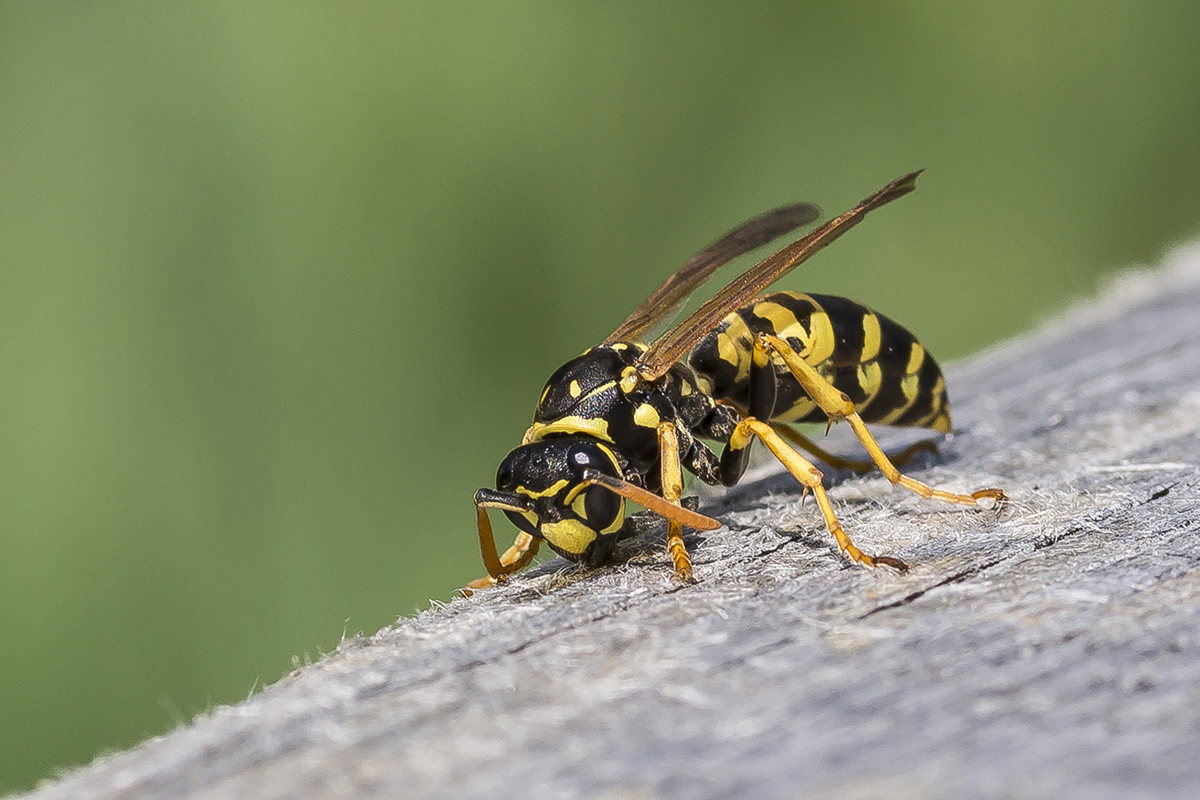
Remember the invasion of the ‘murder hornets’ of 2021? Wasps and hornets are cousins of bees and ants but they can be very aggressive when looking for food, and they can also sting a person many times.
Bear’s advice is to stay away totally from wasps or hornets nests, as allergic reactions can be fatal.
Ticks and fleas
These should also be avoided as they can carry all sorts of diseases – including Lyme disease.
Mosquitos
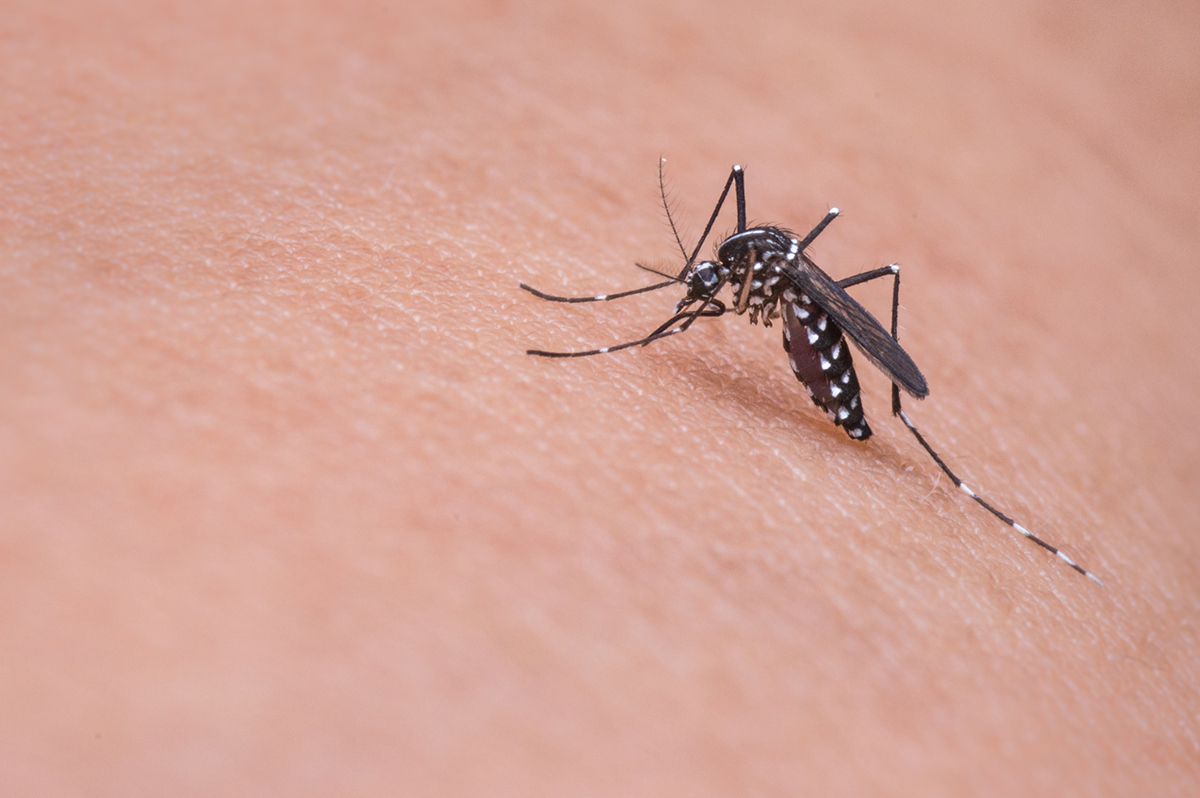
“I hate mosquitoes. God knows they have had their fair share of my flesh over the years,” says Bear in his book Never Give Up – where he describes how mosquitos can “systematically reduce the toughest of men and women to gibbering wrecks”.
Mosquitos might look harmless, due to their size, but they can carry and transmit all sorts of deadly diseases, from malaria, dengue fever, and yellow fever to West Nile virus and the Zika virus. As a result, mosquitos kill hundreds of thousands of people a year.
Use as many ways as you can to avoid them – from covering up with the correct clothing, to screens, nets, repellants, and other methods.
Tsetse flies
Another critter that may seem harmless but isn’t, is the tsetse fly. These are large, blood-sucking insects and in Africa – they are found between the Sahara and Kalahari deserts – a bite from one of these can transmit African trypanosomiasis, otherwise known as sleeping sickness. This can cause everything from fever and headaches to aching muscles and skin rashes and it can ultimately be fatal.
Centipedes
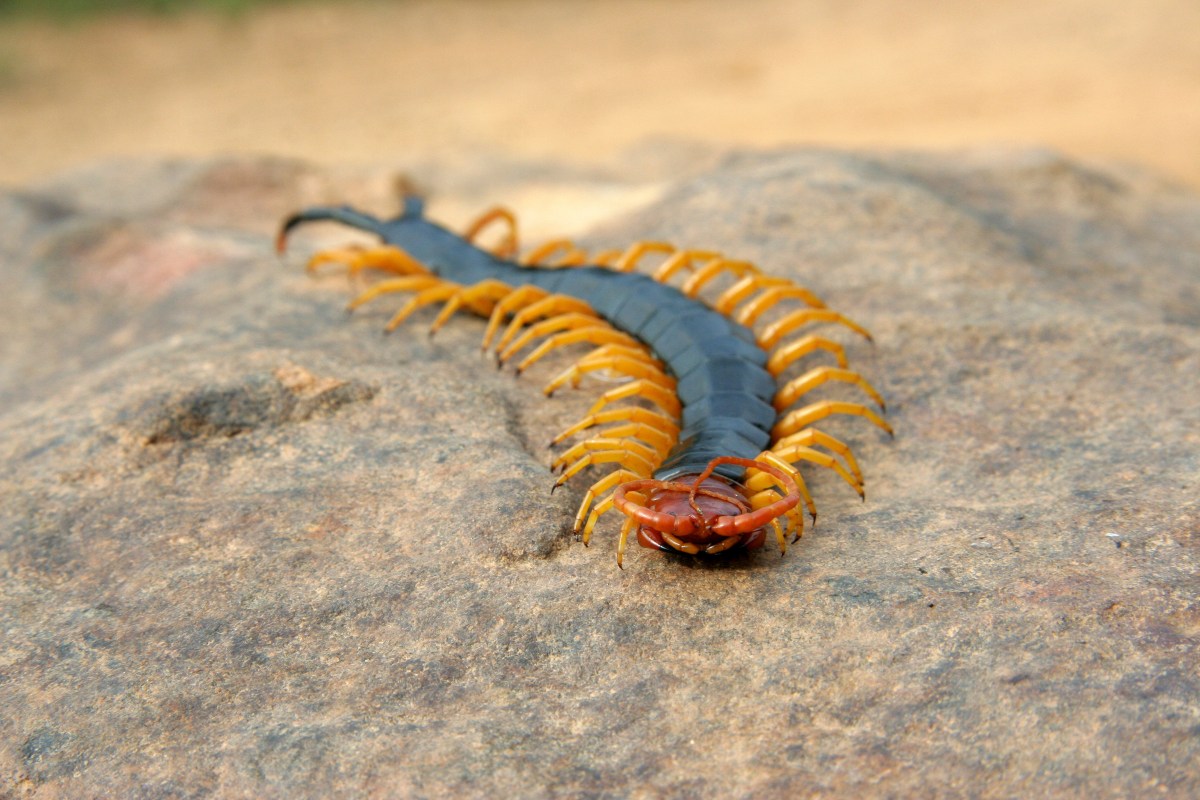
Centipedes can inflict very painful bites – if you do get a bite, Bear advises to clean the wound first and then seek help.
Botfly
Botflies are found in Mexico, Central, and South America and what is dangerous about them is their eggs. When botflies hatch the eggs, the larva can burrow into the skin and grow for many weeks.
To remove botfly larva, first cut off the air supply – using something like petroleum jelly or duct tape. Next day, apply pressure around the wound and remove all of the larva tail with some tweezers. You can also get special medicines that remove the larva. Then clean the wound and cover it up to heal.

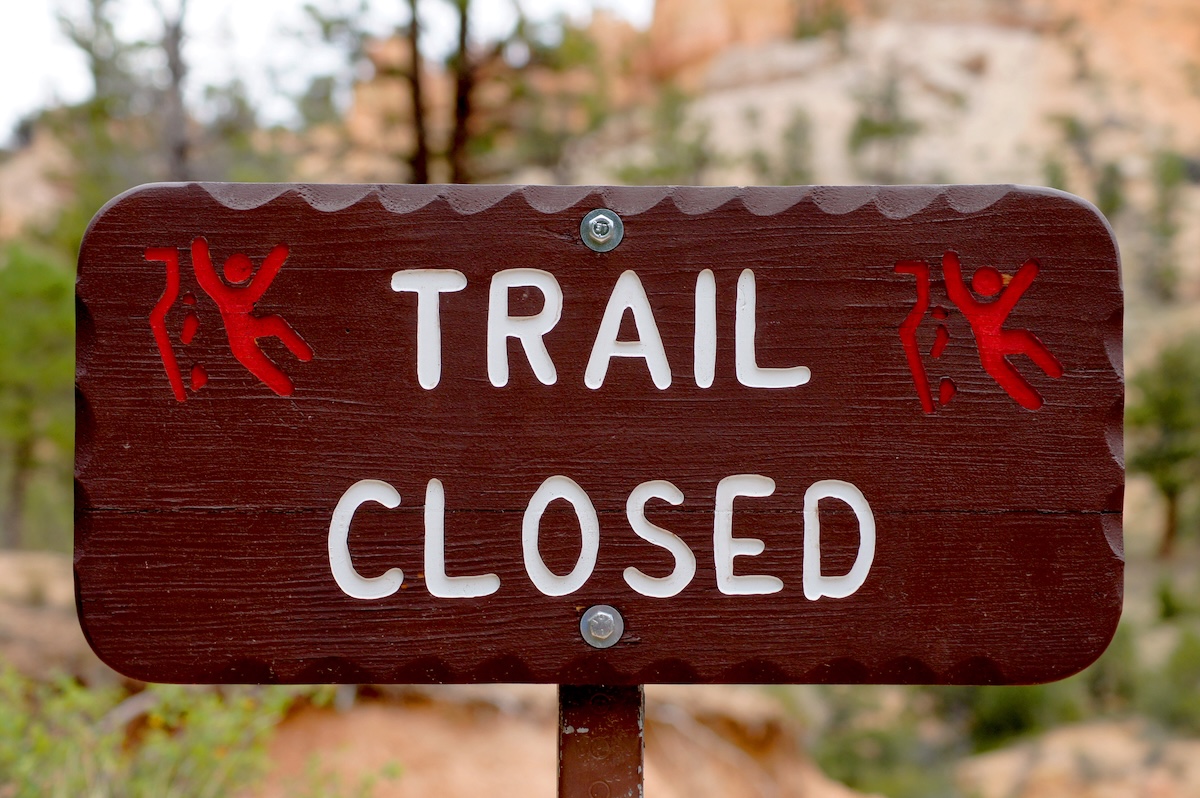
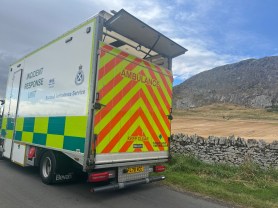

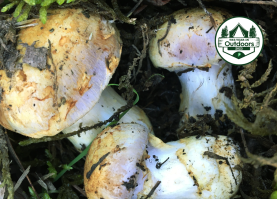





Centipedes are not insects